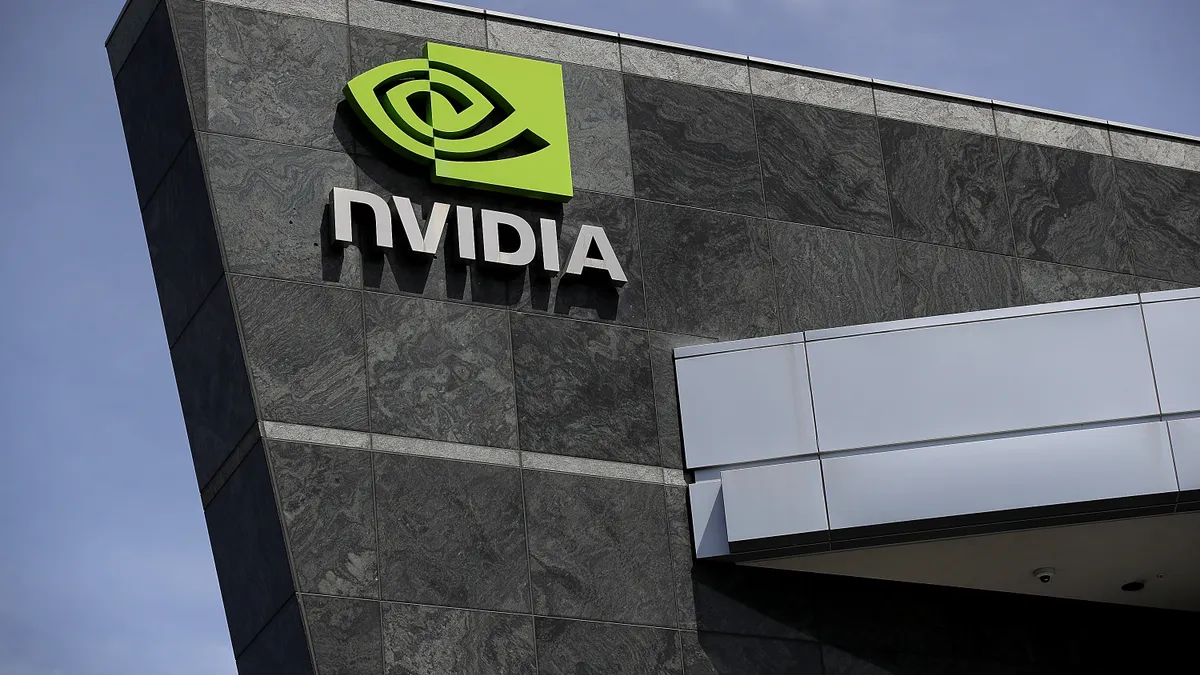Dive Brief:
- Generative AI adoption drove strong growth for Nvidia’s data center revenue, which hit a record high of $4.28 billion in Q1 2024 for the period ending April 30. Data center revenue was up 18% from the previous quarter and 14% year-over-year, according to an earnings call Wednesday.
- The novel technology requires a higher level of computing requirements compared to traditional enterprise workloads, signaling further demand ahead, according to Colette Kress, EVP and CFO of the company.
- Kress expects a 10-year transition lies ahead, in which the world's data centers are reclaimed or recycled and built out as accelerated computing. "You'll have a pretty dramatic shift in the spend of the data center from traditional computing, and to accelerated computing with smart [network interface cards], smart switches, of course, GPUs, and the workload is going to be predominantly generative AI," she said.
Dive Insight:
Data centers have traditionally relied on central processing units to perform general-purpose computations. But generative AI models require more computing power. This can be achieved with graphics processing units and tensor processing units.
“Anytime you need large compute or advanced capabilities, chances are a CPU-only approach will not work for you,” said Chirag Dekate, VP analyst at Gartner.
CIOs and tech leaders at an individual enterprise with a cloud infrastructure will not necessarily need to think about the technology at the chip level, as that responsibility will be on cloud providers, Dekate said. But, over time, this could change.
Enterprise IT leaders could turn to cloud providers for early pilot initiatives, according to Mark Tauschek, VP, distinguished analyst and research fellow at Info-Tech Research Group. If those pilot initiatives prove valuable, some large enterprises in certain industries will likely turn to on-premise accelerated computing centers.
The big three cloud providers have made efforts to get ahead of this change by building out data centers, redistributing workloads to accommodate AI compute needs, partnering with Nvidia for hardware or working on proprietary chips.
“We have competition from every direction,” Jensen Huang, CEO and president at Nvidia, said during the earnings call, according to a Seeking Alpha transcript. The company is mindful of competition from existing semiconductor companies, well-funded startups and cloud providers with internal projects, Huang said.
But the likelihood of data centers turning into solely GPU- and TPU-dense environments is low, according to Dekate.
“Trying to run GPUs for every workload that’s out there is like using a bazooka to kill a mosquito,” Dekate said. “It doesn’t make any sense whatsoever.”













